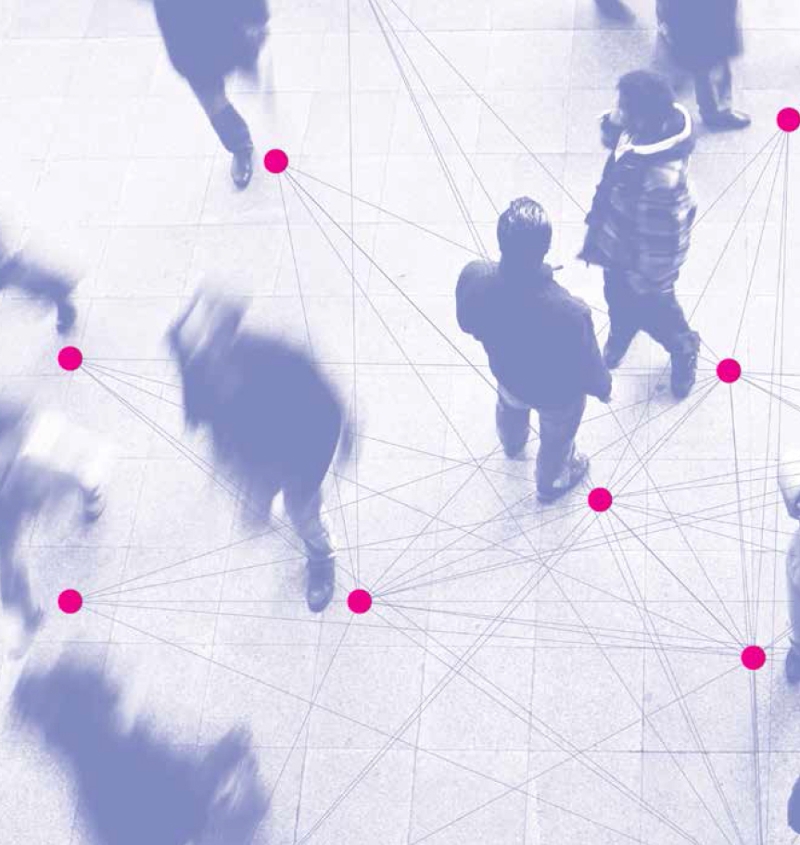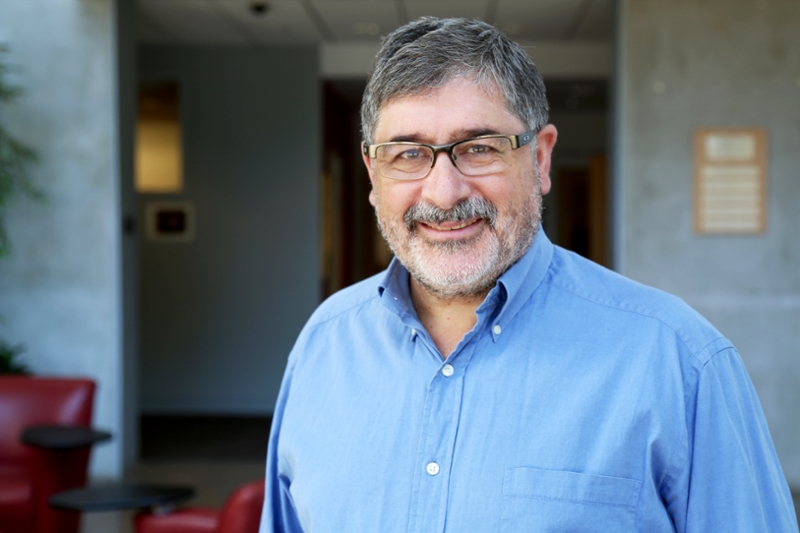By Bethany Romano, MBA'17

Heller MBA professor Joel Cutcher-Gershenfeld is committed to moving the needle on some of the world’s largest, most intimidating problems. In almost every sector of society there are “grand challenges,” huge problems ranging from the United Nation’s goals for sustainable development, to genomic sequencing, to climate change. To solve them, he says, “grand challenges need grand bargains.”
Together with a multi-institutional group of academics, researchers and administrators called the Stakeholder Alignment Collaborative, Cutcher-Gershenfeld researches the emergence of what he calls, “agile institutions for the twenty-first century.” In many cases, he also serves as a facilitator for smaller agreements that can add up to a grand bargain.
“In almost every grand challenge,” he says, “there are dozens of stakeholders. Each stakeholder group is pursuing their own mission, their own goals and objectives, many with highly laudable intent. But it’s usually the case that their separate efforts do not add up to the full sum of the parts. A lot of my research centers on helping stakeholders in these complex systems see the landscape, understand each other’s interests and how they all fit together.” He adds, “The smaller agreements are what could be considered ‘the connective tissue’ that is needed in these systems.” These include agreements around a shared vision, new forums, decision-making mechanisms, shared resources, joint projects, and more.

His process starts with mapping stakeholders and their interests, then progressing to facilitated dialogues and forging agreements, which result in action. “And then you repeat the process, with different combination of stakeholders and additional agreements. Eventually, you can imagine, this sequence of agreements can add up to a grand bargain.”
Many of the “agile institutions” that Cutcher-Gershenfield works with don’t seem so agile at first. One major project with the National Science Foundation involves the sharing and reuse of scientific data (including models, scientific software and physical samples) on a global level. He says, “If you look at just one field where we have focused, the geosciences, there are maybe 200,000 geoscientists. How they share and reuse data will affect their ability to address big problems, like global climate change, or severe weather predictions, or natural resource use. We’re basically trying to understand the barriers and enablers of people all playing in the same sandbox when it comes to sharing data—in many different fields and disciplines.”
Take the issue of implementing common medical records in the U.S. healthcare system. “When this first started,” he says, “there was a lot of consternation over who would be liable and how to set up the infrastructure. Those concerns were addressed through a series of agreements and actions to the point now where there’s a clear understanding of the importance of the issue and some of the elements of how to move forward. I would say that issue is now on the way toward a grand societal bargain.”
Cutcher-Gershenfeld notes that the pace of change in markets, technology, and society is accelerating. Solutions that might have taken decades or generations in the past aren’t fast enough for today’s grand challenges. He says, “The goal is for our institutions to provide the anchoring and stability people need, but to become more nimble and adaptive. If institutional leaders can see the landscape that they’re operating in and communicate with their stakeholders, it’s possible to change.” He concludes, “We’re striving to create a cultural norm that we’re never done improving and we’re never done aligning institutions in support of improvements. Keeping stakeholders aligned is a dynamic and essential process.”
This story originally appeared in the spring 2017 Heller Social Policy Impact Report. We invite you to view the report online or download a PDF of the report.
